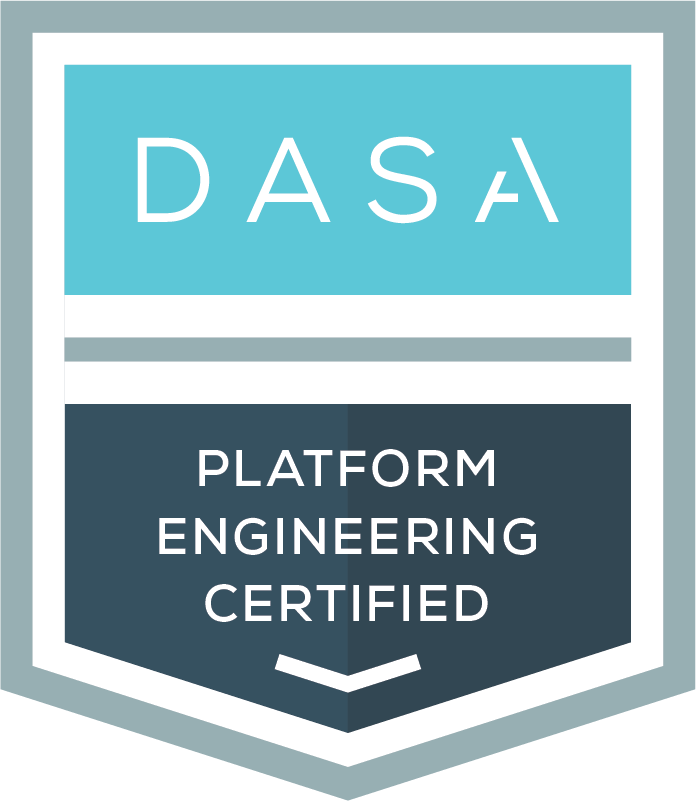Organizations face intense pressure to deliver high-quality products quickly, efficiently, and without errors. A common barrier to this goal, especially in tech-intensive industries, is the persistence of organizational silos. These silos limit communication and collaboration between teams, which creates unnecessary roadblocks and can impact progress. Breaking down these silos and fostering synergy among diverse teams is essential for achieving business agility, innovation, and effective project delivery. This article delves into the critical steps to break down the silos and build bridges between teams, applying best practices in DevOps that any organization can adopt.
Understanding Silos: The Hidden Barrier to Progress
Silos emerge when teams, departments, or project groups work in isolation, lacking regular, open communication with other groups. In DevOps, where collaborative workflows are important, this isolation can lead to significant challenges, including missed deadlines, duplicated tasks, and bottlenecks. These issues not only slow progress, but also can drain resources, impact morale, and stifle innovation. This is especially important for platform engineers, who must balance many different internal and external stakeholders, platforms, and projects. Overcoming silos is therefore a high priority for organizations, as a more connected work environment can significantly boost productivity, accelerate project timelines, and support cross-functional innovation.
Building Cross-Functional Teams to Break Silos
One major solution to the silo mentality is the formation of cross-functional teams. By integrating members from various disciplines—including development, platform engineering, quality assurance (QA), and operations—into one cohesive unit focused on a common project, organizations foster a culture of shared responsibility and communication. In such teams, roles and responsibilities are clearly defined, enabling each team member to know whom to approach for support and information on specific issues. Agile methods, like daily stand-ups and sprints, provide opportunities for team members to review goals, share progress, and identify challenges each are facing. This approach helps team members understand the broader project context, therefore reducing inefficiencies and fostering mutual accountability.
Cross-functional teams also enable better knowledge sharing and skill development. By working closely, team members from different areas gain exposure to each other’s processes, increasing both their skill sets and understanding of the challenges faced by other roles. This collaborative approach significantly reduces misunderstandings and builds a unified team that functions efficiently.
Leveraging DevOps Tools to Streamline Communication and Automation
Effective communication platforms and DevOps automation tools improve communication efforts throughout the organization. Tools like Slack and Microsoft Teams enable instant, transparent communication, while project management platforms such as Jira provide a centralized space for tracking project progress. Beyond communication, adopting automation tools like Jenkins, GitLab CI/CD, or Ansible helps ensure seamless integration and deployment, accelerating project timelines and reducing human error.
Automation offers consistent processes that help establish standardized testing and deployment procedures, treating each change uniformly. This consistency minimizes the risks associated with manual deployments, providing real-time feedback that enables developers to optimize code before deployment. Automated systems also significantly reduce deployment times, making it possible to update hundreds of servers simultaneously, which would be near-impossible manually. Through automation, platform engineering teams are empowered to work more efficiently and collaboratively, removing common pain points associated with project silos.
Fostering a Culture of Continuous Improvement
Continuous improvement for platform engineering teams involves cultivating a culture that values learning, adaptation, and optimization. Retrospective meetings, held at the end of each sprint, play a vital role by allowing teams to assess what went well, what didn’t, and how processes can be improved. This reflection enables teams to make necessary adjustments to processes, prioritize tasks more effectively, and establish practices that ensure steady progress.
It is essential to encourage team members to investigate root causes rather than assigning blame when problems arise. By focusing on issue resolution and prevention, organizations can foster a positive, constructive environment that supports growth. Additionally, holding regular knowledge-sharing sessions, such as lunch-and-learn events, provides team members with a platform to discuss new tools, ideas, and best practices, contributing to an environment of continuous skill development and team cohesion.
Implementing Key Performance Indicators (KPIs) for Development and Operations
KPIs must align with both development and operations goals. Metrics such as deployment frequency, change failure rate, and mean time to recovery (MTTR) allow organizations to assess their efficiency in deploying updates, troubleshooting issues, and recovering from errors. For example, tracking deployment frequency offers insights into an organization’s capability to deliver updates consistently, while monitoring the change failure rate helps teams to understand the number of deployments that fail and require remediation. MTTR, which measures the time needed to resolve issues affecting user experience, can help teams enhance the resilience of their setup.
Establishing these KPIs not only enables organizations to track progress effectively but also fosters a shared accountability model that aligns different departments with mutual objectives. Through such shared metrics, team members become more committed to delivering high-quality outputs within the set timeframes.
Enhancing Collaboration through Observability and Monitoring
Observability enables teams to understand system states at a granular level. With robust observability practices, real-time logging and alerting become possible, which allows teams to proactively address issues before they escalate. Additionally, teams can provide developers with feedback on application performance, which encourages ongoing code optimization. Integrated dashboards, accessible to both developers and operations teams, offer a unified view of project status, fostering transparency and shared responsibility.
By establishing clear visibility into system states, observability allows teams to identify potential improvements and take timely action on critical issues. This approach not only optimizes processes but also enhances team synergy, as everyone involved has a clear view of project health and performance.
Promoting Ownership Culture
An ownership culture empowers each team member to take responsibility for their work and its impact on the larger project. When individuals are encouraged to take initiative on problem-solving, they become more invested in the project’s success. Involving developers and platform engineers in post-deployment monitoring allows them to understand how their code performs in real-world conditions, leading to better optimization over time. Similarly, when platform engineers monitor system health, they can proactively manage load balances and make adjustments that improve overall performance. This sense of ownership drives individuals to prioritize quality and accountability, fostering a strong, collaborative environment.
Driving Innovation through Collaboration
Collaboration fuels innovation. A collaborative environment encourages team members to experiment with new tools, techniques, and approaches, which often yields unexpected benefits. Organizations can support this by promoting regular knowledge-sharing sessions and prototyping new tools and technologies through proof-of-concept (PoC) projects and minimum viable products (MVPs). These platforms allow teams to experiment safely with new technologies, sharing their findings with the broader organization and fostering a learning culture that welcomes growth and adaptation.
Recognizing and celebrating achievements, while learning from setbacks, promotes a positive and forward-thinking atmosphere. When team members feel encouraged to explore new ideas, they are more likely to take informed risks, advancing innovation without fear of failure. By implementing this collaborative approach, organizations can continuously evolve and stay competitive in a rapidly changing digital landscape.
Conclusion
Eliminating silos and fostering synergy is a critical investment for any organization seeking agility and efficiency in today’s competitive landscape. By creating cross-functional teams, leveraging communication and automation tools, fostering continuous improvement, and promoting an ownership culture, organizations can overcome barriers to collaboration and achieve impressive, sustainable results.


DASA Platform Engineering
De-risk, optimize, and get maximum value from the platform engineering initiative.
